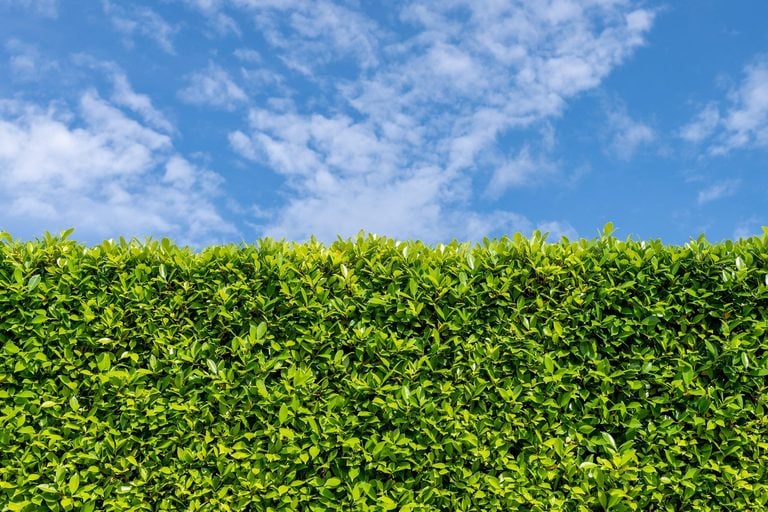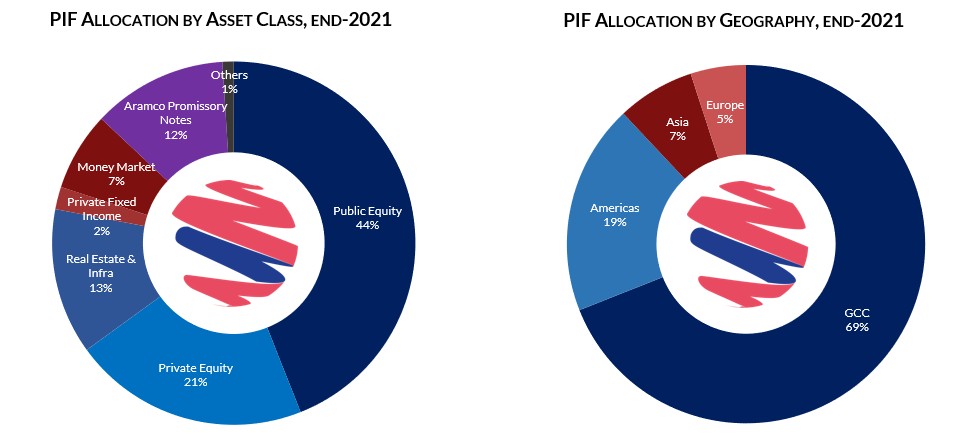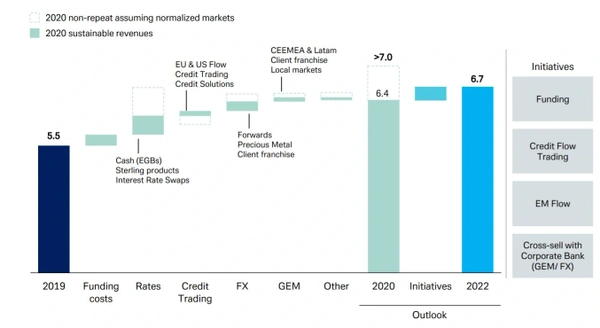The Ultimate Guide To Building A Thriving Living Fence

Table of Contents
Choosing the Right Plants for Your Living Fence
The success of your living fence hinges on choosing the right plants. Consider these key factors to ensure a healthy and vibrant green boundary.
Considering Your Climate and Soil Conditions
Plant selection must align with your specific climate and soil conditions. Hardiness zones, average rainfall, temperature extremes, soil drainage, and pH levels all play crucial roles.
- Arid Regions: Opt for drought-tolerant plants like lavender, rosemary, or certain types of juniper.
- Humid Regions: Consider plants that thrive in moisture, such as hydrangeas, forsythia, or viburnum.
- Clay Soil: Amend heavy clay soils with organic matter like compost to improve drainage and aeration.
- Sandy Soil: Improve water retention in sandy soils by adding organic matter and using mulch to retain moisture.
Understanding these nuances will ensure your chosen plants thrive and contribute to a flourishing living fence.
Selecting Plants Based on Desired Height and Density
The height and density of your living fence depend on your goals. Do you need a tall privacy screen, a low border, or something in between? Different plants offer various growth habits:
- Tall Hedges: Consider Leyland cypress, arborvitae, or hornbeam for fast-growing, tall hedges.
- Short Hedges: Boxwood, dwarf potentilla, or hebe are excellent choices for shorter, more manageable hedges.
- Privacy Screens: Bamboo, privet, or dense evergreens offer excellent privacy.
Proper spacing is crucial. Follow the recommended spacing guidelines for each plant type to ensure adequate growth and prevent overcrowding.
Considering Aesthetic Preferences and Wildlife Attraction
Incorporate plants that complement your landscaping style and attract beneficial wildlife.
- Attractive Flowering Plants: Consider lilac, spirea, or potentilla for beautiful blooms.
- Pollinator Plants: Choose plants like bee balm, coneflower, or lavender to attract pollinators to your garden.
- Wildlife-Friendly Plants: Berry-producing plants like elderberry or serviceberry provide food for birds, while dense evergreens offer shelter.
Remember to prioritize non-invasive species to prevent them from spreading uncontrollably into your garden or surrounding areas.
Planting and Installation of Your Living Fence
Proper planting and installation are crucial for a successful living fence.
Site Preparation and Soil Amendment
Before planting, prepare the site thoroughly:
- Remove existing weeds and grass to reduce competition for nutrients and water.
- Till the soil to a depth of 12-18 inches to improve aeration and drainage.
- Amend the soil with compost or other organic matter to enrich the soil and provide nutrients.
This groundwork will set the stage for healthy plant growth.
Planting Techniques for Optimal Growth
Planting techniques vary depending on whether you are using bare-root plants or container plants:
- Bare-root plants: Plant at the appropriate depth, ensuring the root flare is at or slightly above soil level.
- Container plants: Carefully remove the plant from its container, loosen the roots gently, and plant at the appropriate depth.
- Water thoroughly after planting and apply a layer of mulch to retain moisture and suppress weeds.
Supporting Structures (if needed)
Taller varieties may require temporary support:
- Use stakes to support individual plants, especially in windy areas.
- Install wire supports to create a framework for the growing hedge.
This helps maintain straight growth and prevents leaning or damage.
Maintaining a Thriving Living Fence
Ongoing maintenance is essential to keep your living fence healthy and vibrant.
Watering and Fertilizing
Regular watering, especially during the establishment phase, is crucial:
- Water deeply and less frequently to encourage deep root growth.
- Use a balanced fertilizer to provide essential nutrients. Follow the fertilizer instructions carefully.
Proper watering and fertilization contribute significantly to your hedge's health.
Pruning and Shaping
Regular pruning maintains the desired shape and size:
- Prune lightly in the early years to encourage branching and density.
- Shape the hedge using appropriate pruning techniques, such as hedging shears or hand pruners.
- Remove dead or diseased branches to prevent the spread of disease.
Pruning should be done at the right time of year for your specific plant type.
Pest and Disease Management
Monitor your living fence for pests and diseases:
- Identify potential problems early to prevent widespread damage.
- Use preventative measures such as choosing disease-resistant plants.
- Employ organic pest control methods whenever possible.
Early detection and prompt action are key to preventing significant problems.
Conclusion: Creating Your Dream Living Fence
Building a thriving living fence involves careful plant selection, proper installation, and consistent maintenance. By following these steps, you'll enjoy the environmental benefits, cost savings, and aesthetic enhancement a natural fence provides. Remember the long-term rewards – a beautiful, functional, and environmentally friendly boundary that will enhance your property for years to come. Start planning your dream living fence today! Use this guide to select the perfect plants and techniques to create a beautiful and functional natural boundary.

Featured Posts
-
 Liverpool News Real Madrids Speed Demon Close To Anfield Transfer
May 29, 2025
Liverpool News Real Madrids Speed Demon Close To Anfield Transfer
May 29, 2025 -
 Eyxes Tramp Gia Ton Mpainten Meta Tin Astheneia Toy
May 29, 2025
Eyxes Tramp Gia Ton Mpainten Meta Tin Astheneia Toy
May 29, 2025 -
 Alto Riesgo Poca Recompensa El Analisis De Las Carreras Sprint De Moto Gp
May 29, 2025
Alto Riesgo Poca Recompensa El Analisis De Las Carreras Sprint De Moto Gp
May 29, 2025 -
 More Than Bmw And Porsche The Complexities Of The Chinese Automotive Market
May 29, 2025
More Than Bmw And Porsche The Complexities Of The Chinese Automotive Market
May 29, 2025 -
 Bayern Muenchen Im Gespraech Mit Jonathan Tah Konkrete Verhandlungen
May 29, 2025
Bayern Muenchen Im Gespraech Mit Jonathan Tah Konkrete Verhandlungen
May 29, 2025
Latest Posts
-
 Saudi Arabia Deutsche Banks Strategy To Attract International Investment
May 30, 2025
Saudi Arabia Deutsche Banks Strategy To Attract International Investment
May 30, 2025 -
 Cannes Film Festival 2024 Guillermo Del Toros Sangre Del Toro Documentary
May 30, 2025
Cannes Film Festival 2024 Guillermo Del Toros Sangre Del Toro Documentary
May 30, 2025 -
 Deutsche Bank Targets Global Investors In Saudi Arabia
May 30, 2025
Deutsche Bank Targets Global Investors In Saudi Arabia
May 30, 2025 -
 Deutsche Banks Saudi Arabia Investment Push Wooing Global Investors
May 30, 2025
Deutsche Banks Saudi Arabia Investment Push Wooing Global Investors
May 30, 2025 -
 The E18 Million Question Investigating A Deutsche Bank London Fixed Income Bonus
May 30, 2025
The E18 Million Question Investigating A Deutsche Bank London Fixed Income Bonus
May 30, 2025
